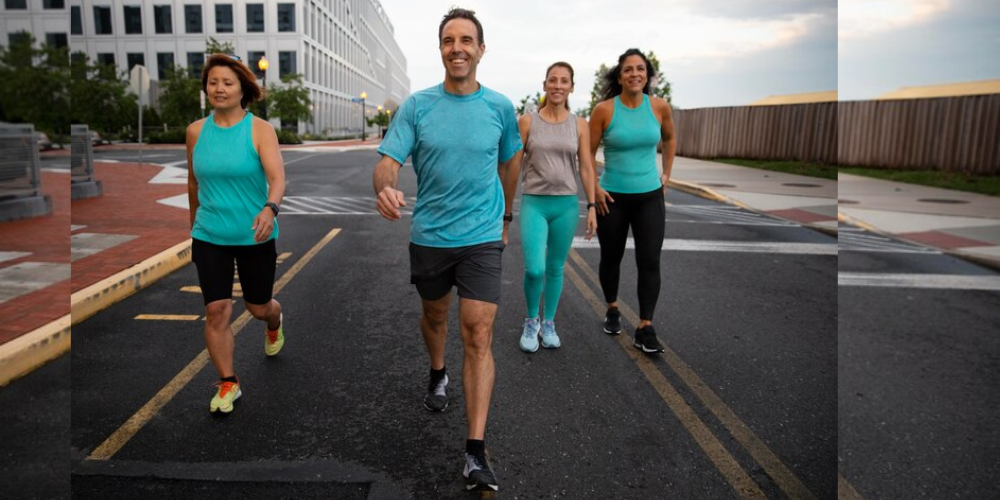
Walking Workouts: Exploring Health Benefits, Starting Tips, and Improvement Strategies

Walking. It’s something we’ve all done since we were little, a natural way to get around. But what if I told you that this simple act can be transformed into a powerful fitness tool? Buckle up, because we’re about to delve into the wonderful world of walking workouts, exploring their benefits, how to get started, and how to take your walks to the next level.
Unveiling the Benefits of Walking Workouts
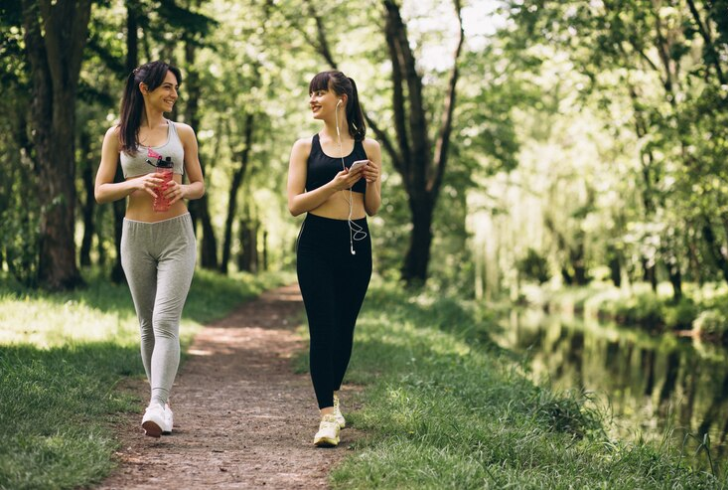
Freepik | senivpetro | Walking unlocks a treasure trove of health benefits with every step.
Walking is more than a stroll. It’s a gateway to a treasure trove of health benefits, waiting to be unlocked with each step you take. Here are a few gems you’ll find along the way:
- A longer, healthier life: Studies have shown that brisk walking can lower your risk of heart disease, stroke, and even early death. It’s like a magic potion but without any of the weird side effects!
- A happy heart and a sharp mind: Walking can work wonders for your mental well-being, reducing stress and anxiety, and even boosting cognitive function. It’s like giving your brain and mood a much-needed boost.
- A stronger, fitter you: From building endurance to toning muscles, walking strengthens your entire body. It’s like a full-body gym, but without the membership fees!
- Stronger bones and better sleep: Walking helps maintain bone density, preventing osteoporosis, and can even lead to a deeper, more restful sleep. It’s like giving your body and mind a much-deserved recharge.
- Weight management made easier: Walking burns calories, and when combined with a healthy diet, it can be a powerful tool for weight management. It’s like giving your body a helping hand in reaching its goals.
Getting Started with Walking Workouts
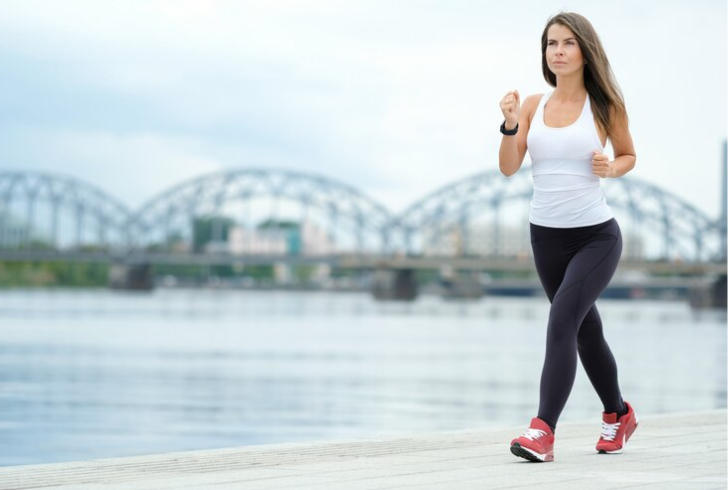
Freepik | Racool_studio | Opt for a safe and enjoyable path, whether in a park, on a track, or in your neighborhood.
Ready to experience the magic of walking workouts? Here’s a simple guide to get you started:
- Plan your route: Choose a safe and enjoyable path, whether it’s a park, a track, or even your neighborhood. Start small, and gradually increase the distance as you get fitter.
- Find your pace: Aim for a brisk walk, where you can still carry on a conversation but are breathing a little heavier. Use this as your baseline and adjust as needed.
- Mind your form: Stand tall, engage your core, and swing your arms naturally. Focus on a heel-toe strike with each step for optimal efficiency.
- Listen to your body: Don’t push yourself too hard, especially when starting. Take rest days and gradually increase the intensity and duration of your walks.
Supercharge Your Walks: Taking it Up a Notch
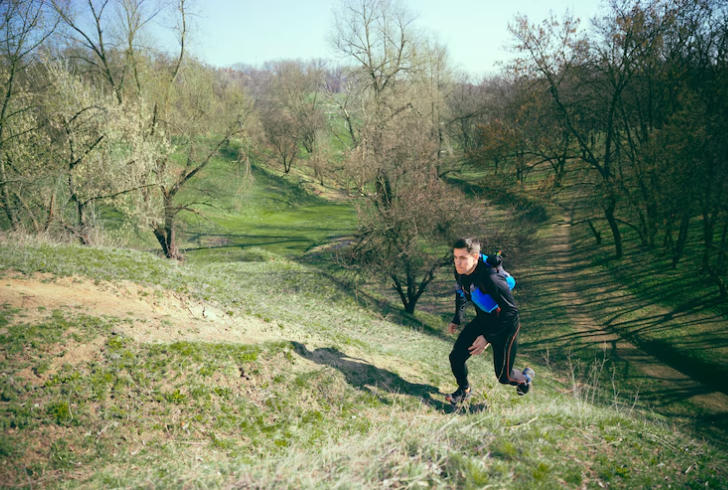
Freepik | master1305 | Incorporate hills for a leg muscle challenge and heart rate boost during your walk.
Feeling ready to challenge yourself? No problem! Here are some ways to add some spice to your walking routine:
- Embrace the hills: Find a hilly route or incorporate hill repeats into your walk. This will challenge your leg muscles and boost your heart rate.
- Interval it up: Alternate between periods of brisk walking and slower recovery periods. This keeps things interesting and burns more calories.
- Explore different terrains: Trade the pavement for grass, sand, or gravel. The added challenge will engage your muscles differently and increase calorie burn.
- Channel your inner Viking: Invest in Nordic walking poles. These engage your upper body, adding an extra dimension to your workout.
- Embrace the weight challenge: Use weighted walking poles or a weight vest to add resistance and intensity to your walks.
So, what are you waiting for? Lace up your shoes, step out the door, and embark on a journey of health, happiness, and fitness with the power of walking workouts! Remember, every step counts, so start walking your way to a better you today!
Frequently Asked Questions
Do I need to warm up?
Absolutely! Start with a light walk or some gentle movements to get your muscles warm and ready.
How many calories does it burn?
It depends on your weight, speed, and distance. But for a 30-minute brisk walk, a 140-pound person burns around 127 calories.
What muscles does it use?
Your legs, core, arms, shoulders, and upper back all get a workout when you walk.
Who shouldn’t walk?
While most people can walk safely, consult your doctor if you have concerns, particularly about heart disease or osteoarthritis.
What should I wear?
Comfortable, breathable clothing and well-fitted running shoes are key.
Can I get injured?
Walking is low-impact, but overuse injuries can occur. Listen to your body, wear proper shoes, and gradually increase intensity.
More in Health & Fitness
-
`
How Long Does a Non Surgical Nose Job Last?
The allure of a sculpted nose without the downtime of traditional surgery has captivated many. Non-surgical rhinoplasty, often dubbed a “liquid...
August 11, 2024 -
`
How to Plan a Trip to Italy and Greece
Italy and Greece stand out as two of Europe’s premier travel destinations, each offering a unique blend of historical grandeur, stunning...
July 31, 2024 -
`
Are Makeup Wipes Bad for Your Skin?
In the quest for quick and convenient skincare, makeup wipes often seem like a miracle solution. However, if you’re wondering, Are...
July 26, 2024 -
`
How to Do Ab Workouts During Pregnancy?
Maintaining core strength is vital, but can you do ab workouts while pregnant? This question is common among expectant mothers eager...
July 19, 2024 -
`
5 Seamless Ways to Minimize BBL Scars
Undergoing a Brazilian Butt Lift (BBL) is an exciting decision for enhancing your body contour. However, BBL scars can be a...
July 12, 2024 -
`
Best Places for Birthday Party Fun for All Ages
Celebrating your birthday at an exciting venue can add that extra spark to your special day, whether you’re with family, friends,...
July 2, 2024 -
`
Skincare for Sensitive Skin: Top 6 Products to Try
Taking care of sensitive skin can be a challenge. With so many products on the market, finding the right ones that...
June 28, 2024 -
`
How to Build Muscles & Gain Mass After 50
Are you wondering how to build muscle mass after 50? You are not alone. Many people think that hitting the big...
June 20, 2024 -
`
How to Speed Up Your Nose Job Recovery Time
Undergoing a rhinoplasty is an exciting step towards a new appearance, but it comes with a recovery period that requires patience...
June 15, 2024








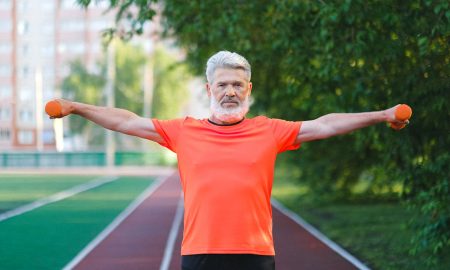


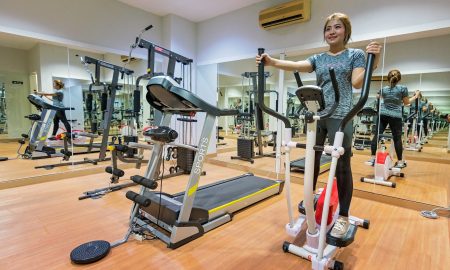
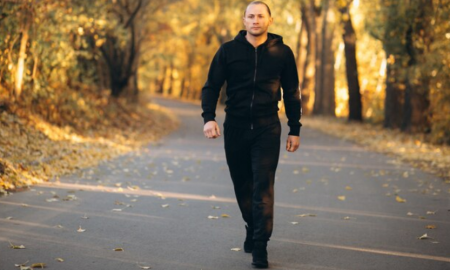

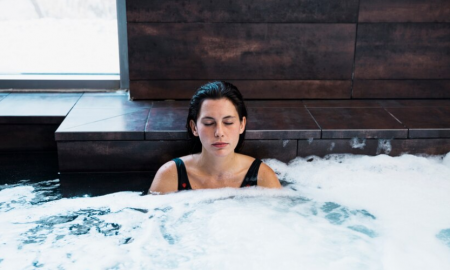
You must be logged in to post a comment Login